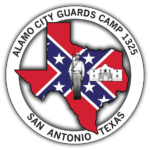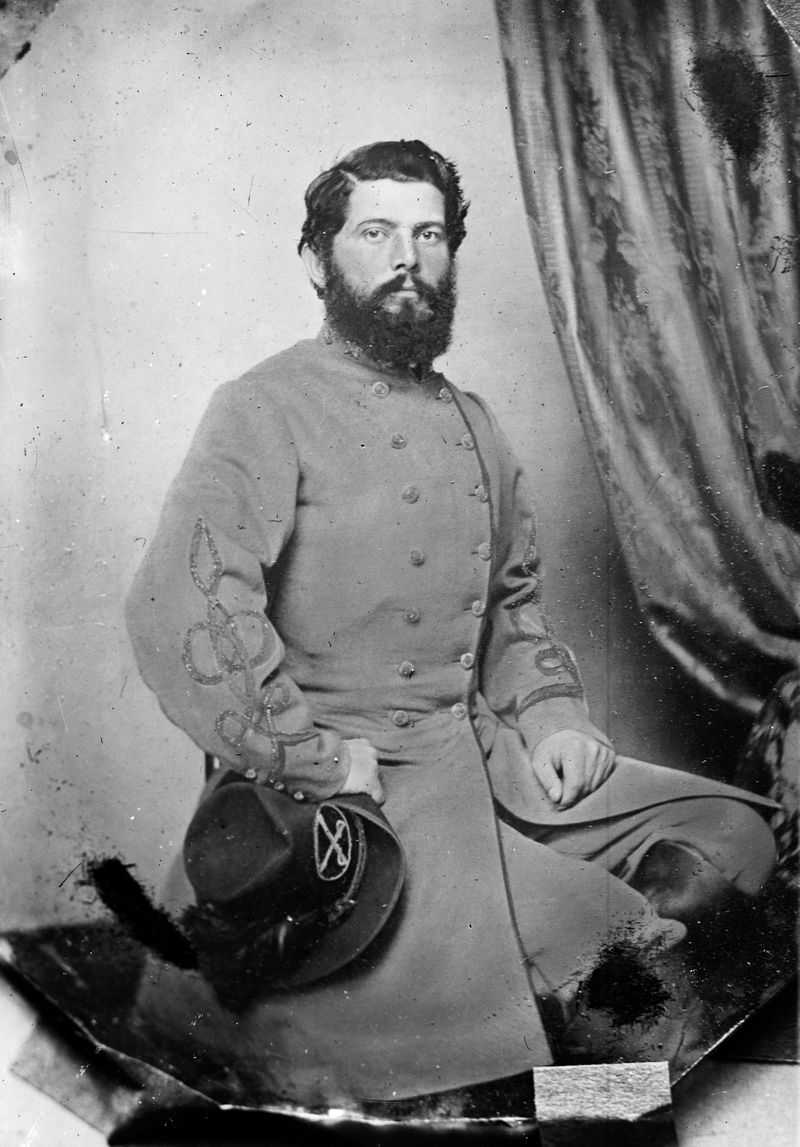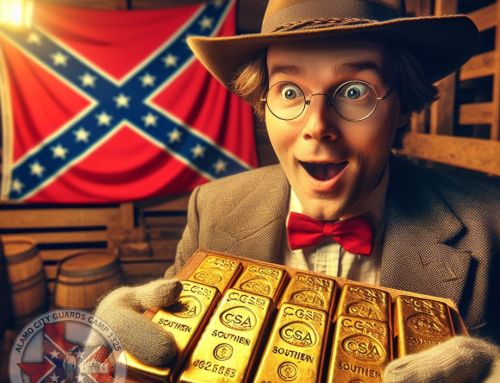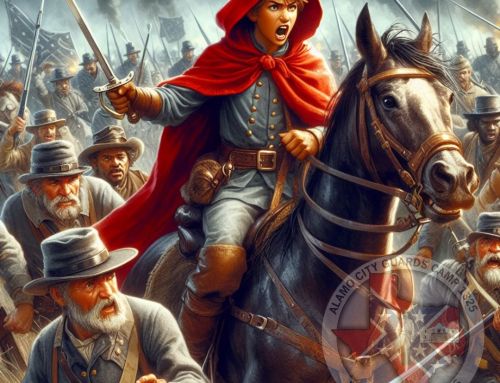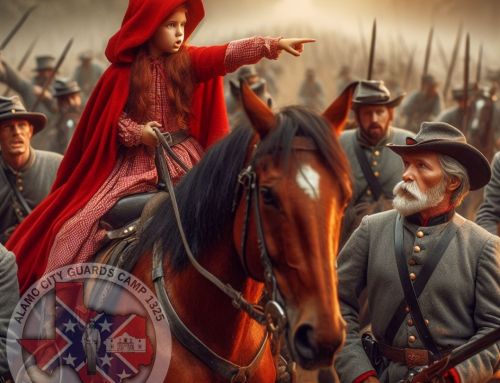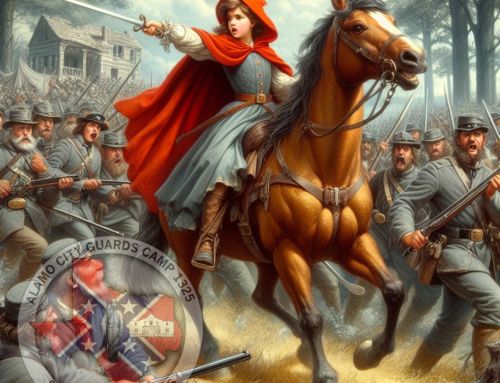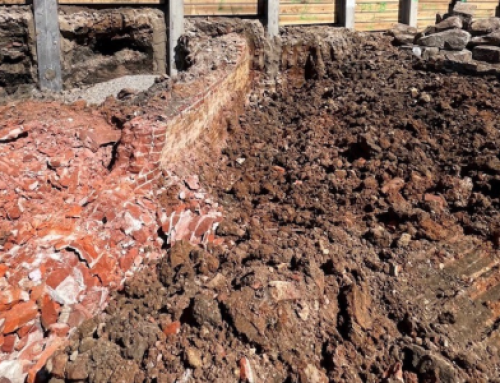The Civil War, by far our nation’s most deadly armed conflict, used up men so fast that some officers became generals in their 20s. One was the Confederacy’s Thomas Lafayette Rosser, who became a major general at 28, mirroring the same achievement — at only 25 — by his fellow West Point student and Federal foe George Armstrong Custer. Rosser compiled an impressive if checkered career as a cavalry officer and, as this interesting biography demonstrates, deserves to be better known.
Rosser had the virtues and defects of some other young Civil War officers. He was brave and dashing, a fierce fighter, but sometimes showed a lack of judgment, found fault with his superiors, and took offense at imagined slights. In this thorough, well-researched biography, Sheridan R. Barringer of Newport News takes a clear-eyed look at the Confederate cavalryman and sums up his Civil War service: “He was an able regimental commander and an adequate brigade commander, but his leadership of a division was less effective. … Rosser lacked the larger vision required of a successful division commander.” Still, he performed well enough to be called the “Savior of the [Shenandoah] Valley” and to be asked to assume command of all Virginia troops who could be mustered (only about 500) after the Confederate surrender at Appomattox.
Rosser was born in 1836 near Rustburg in central Virginia, the second of seven children. Because of legal and financial difficulties his father moved the family to Texas in 1849. Partly through Secretary of War Jefferson Davis, Rosser, a black-haired, brown-eyed young man who topped out at 6 foot 2, received an appointment to West Point and would have graduated in the spring of 1861 had he, like several dozen other cadets, not resigned to fight for the Confederacy.
As an excellent artillery officer in the Virginia theater, Rosser drew the attention of Brig. Gen. J.E.B. Stuart, who recommended him for promotion to captain and then recruited him for the cavalry. Rosser joined the mounted branch in June 1862 and performed superbly as colonel of the Virginia 5th Cavalry. Although Stuart had acted as his patron, Rosser, eager for promotion to brigadier, blamed him in letters to his wife, Elizabeth “Betty” Winston Rosser, for not receiving advancement as soon as he thought he should. After Stuart died, he was succeeded by Maj. Gen. Wade Hampton. And again, Rosser — then in command of what he called the “Laurel Brigade” — blamed Hampton for his not being promoted to major general as quickly as he wanted.
Rosser did his best fighting in the Wilderness battle of Craig’s Meeting House, when, on May 5, 1864, his brigade successfully fought two Federal cavalry divisions, a force much larger than his own. Barringer calls this battle “perhaps Rosser’s finest hour as a cavalry commander.” He also fought well — and sustained another of several wounds — at Trevilian Station, capturing a number of Confederate prisoners from Custer and even some of Custer’s clothing.
But Rosser did his worst fighting that fall at Tom’s Brook, ignoring sound advice to retreat and allowing the Federals to flank him and drive him back for 10 miles in what the Unionists later called the “Woodstock Races.” After the battle “Tex” Rosser jokingly sent to “Fanny” Custer (they remained lifelong friends despite the war) a pair of the Federal general’s drawers captured at Trevilian Station, and Custer echoed the jest by sending to his own wife Rosser’s captured coat, which many years later she donated to West Point. Four days before the Confederate surrender at Appomattox, Rosser had the bad luck to sponsor the infamous “shad bake” that drew Confederate Maj. Gens. Fitzhugh Lee and George Pickett away from their commands shortly before the Federal attack at Five Forks, a lapse for which Gen. Robert E. Lee reportedly never forgave Pickett.
[read full article]